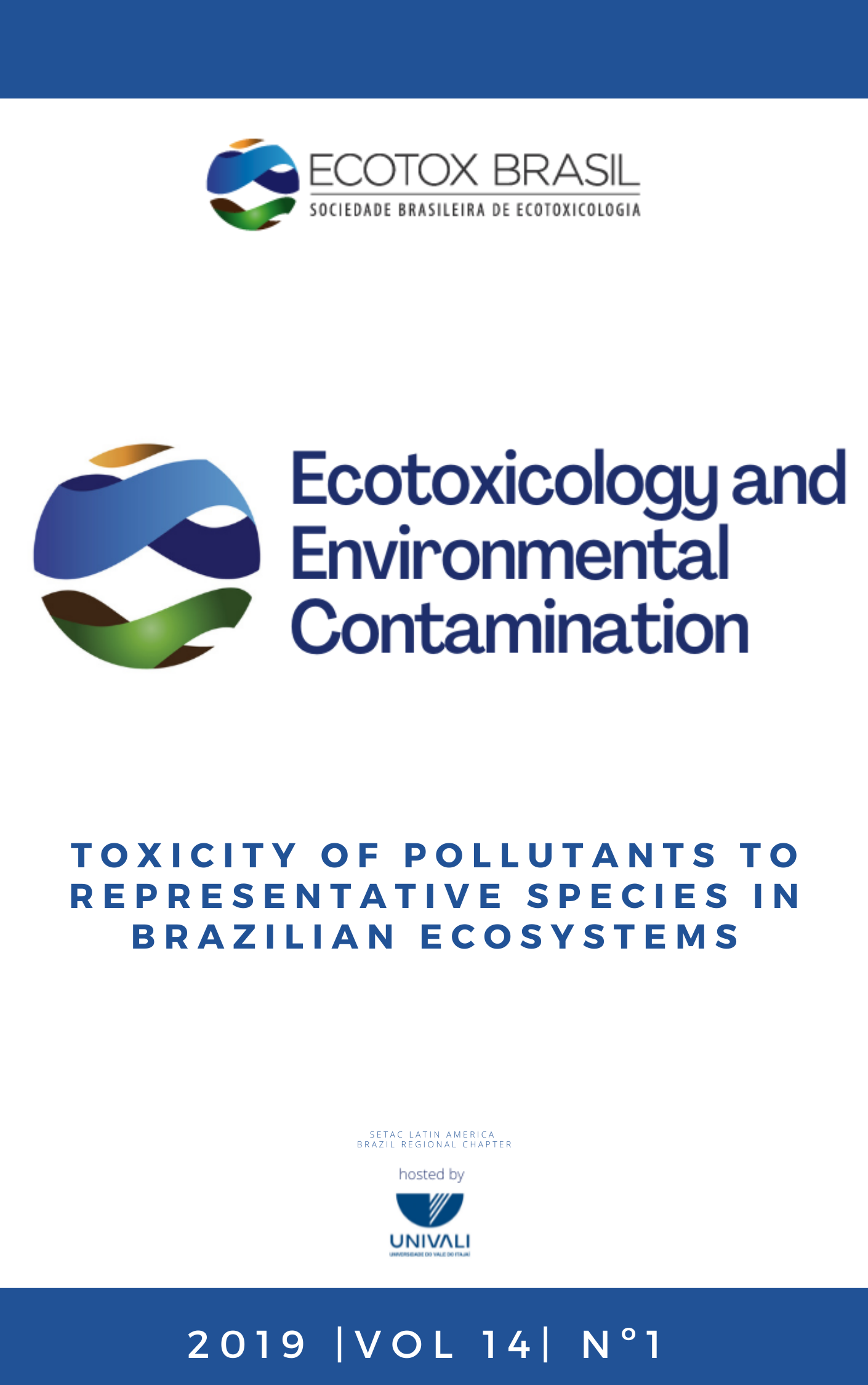Heavy metals in blood and in nests affect reproduction parameters in Eretmochelys imbricata, Linnaeus, 1766 (Testudines: cryptodira)
DOI:
https://doi.org/10.5132/eec.2019.01.08Abstract
In this study, blood, eggshells, and nest sediments of sea turtles Eretmochelys imbricata, collected during their reproductive period, were analyzed by X-Ray fluorescence to determine the presence and concentrations of Ni, Co, Cu, Pb and Cr. Moreover, we analyzed the possible interference of such metals in some reproductive data. All elements were detected in low concentrations. Ni was the element found in the highest concentrations in the blood, eggshells, and sediment. Our results demonstrated that females with the highest concentrations of Ni in their blood presented fewer eggs in their nests; and that when the concentration of Cu in their blood is higher, the number of eggs increases. Cu has a different effect when in the sediments covering the nests; Cu concentrations in the sediment appear to be related to an increase in dead embryos. Hence, our results demonstrate that sea turtles are exposed and contaminated by heavy metals, and that such metals may influence the reproduction of hawksbill turtles E. imbricata, and probably other species of sea turtles.
Downloads
Published
How to Cite
Issue
Section
License
Copyright © 2006 ECOTOX-Brasil
Copyright notice: It is a condition for publication that manuscripts submitted to this journal have not yet been published and will not be simultaneously submitted or published elsewhere. By submitting a manuscript, the authors agree that copyright for their article is transferred to the Sociedade Brasileira de Ecotoxicologia (ECOTOX-Brasil) if and when the article is accepted for publication. The copyright covers the exclusive rights to reproduce and distribute articles, including reprints, photographic reproductions or any other reproduction of a similar nature, including translations. No part of this publication may be reproduced, stored in a retrieval system or transmitted in any form or by any means, electronic, mechanical, photocopying, recording or otherwise, without permission of the publisher.
Notice: While every effort is made by the EEC, editors and editorial board to see that no inaccurate or misleading data, opinions or statements appear in this journal, they wish to make it clear that the contents of the articles and advertisements published herein are the sole responsibility of the contributors or advertisers concerned. Accordingly, the EEC, the editorial board and editors and their respective employees, officers and agents accept no responsibility or liability whatsoever for the consequences of any inaccurate or misleading data, opinion or statement.




